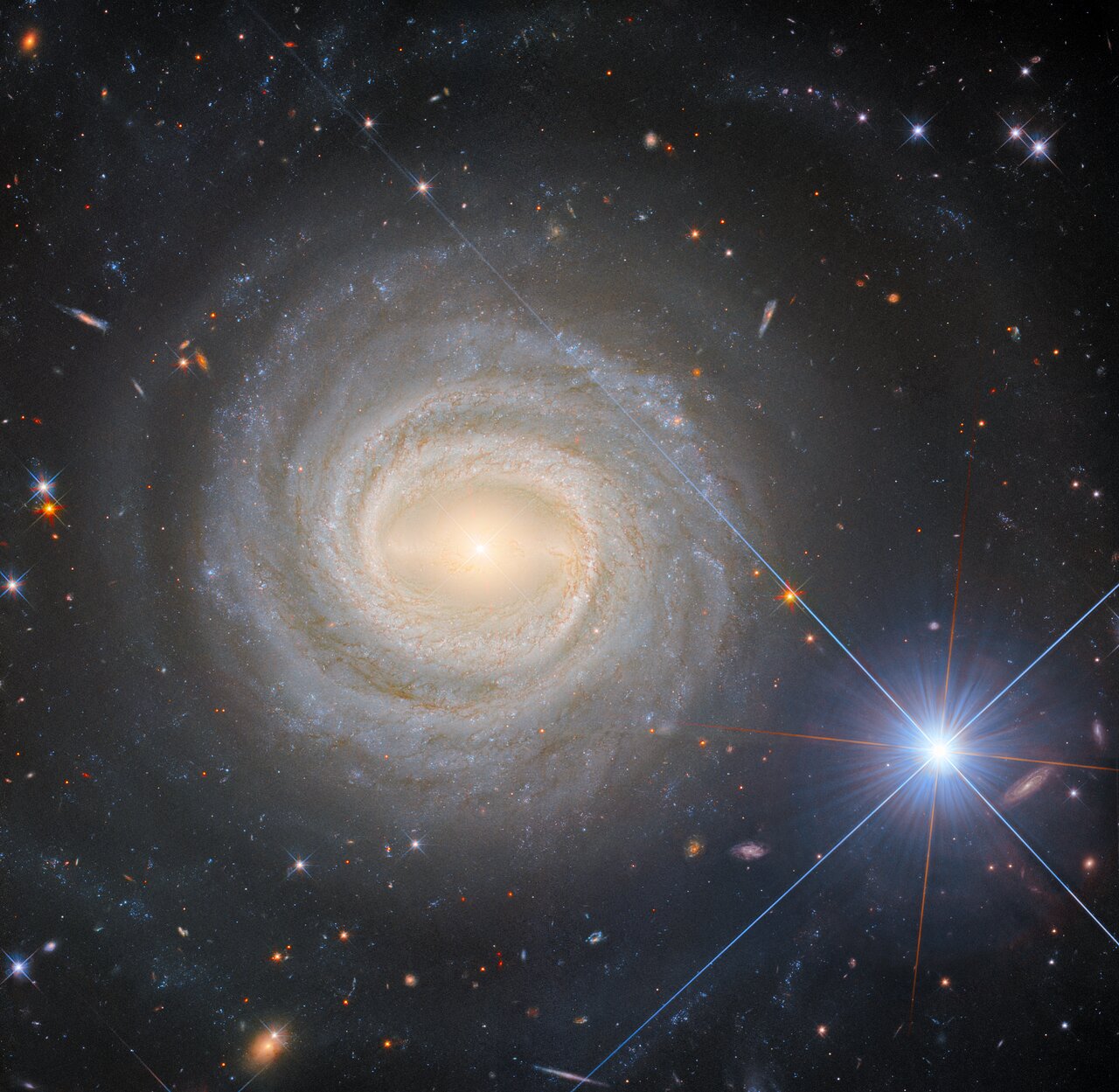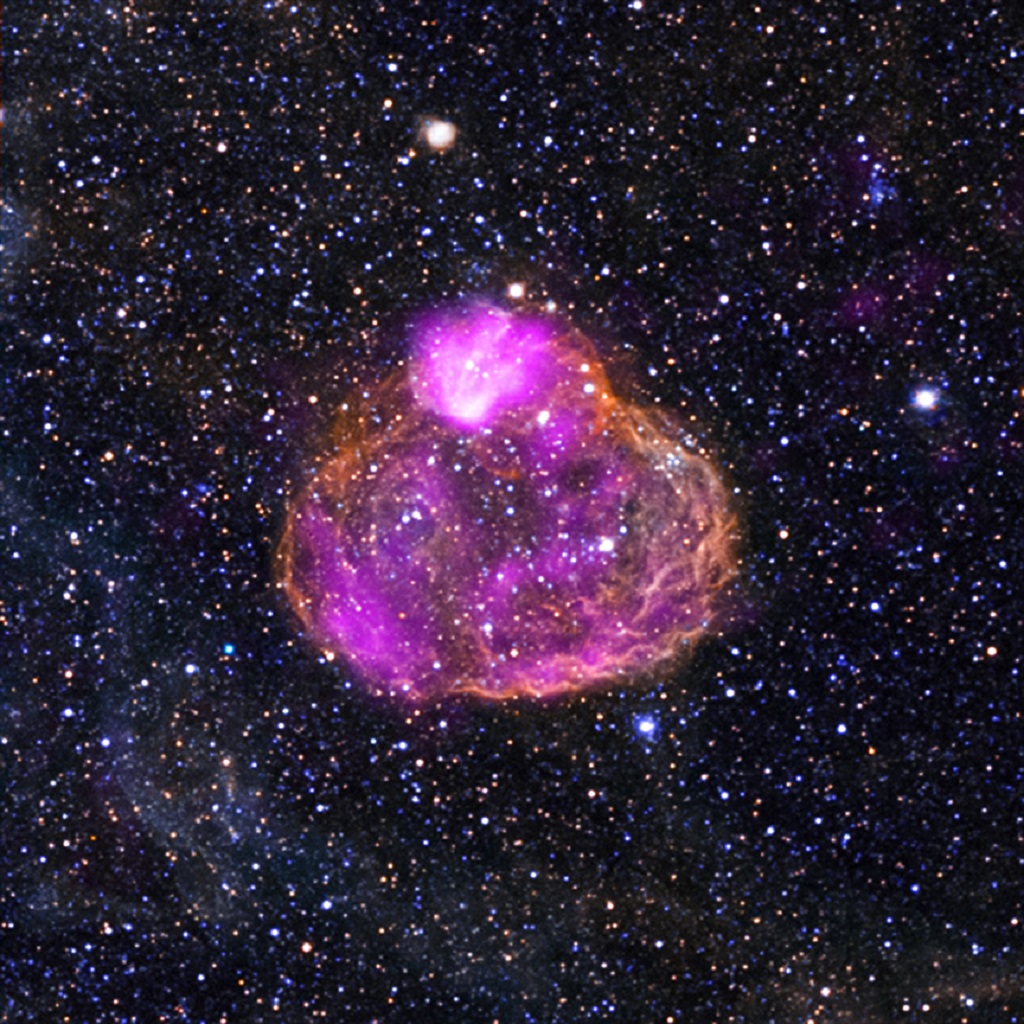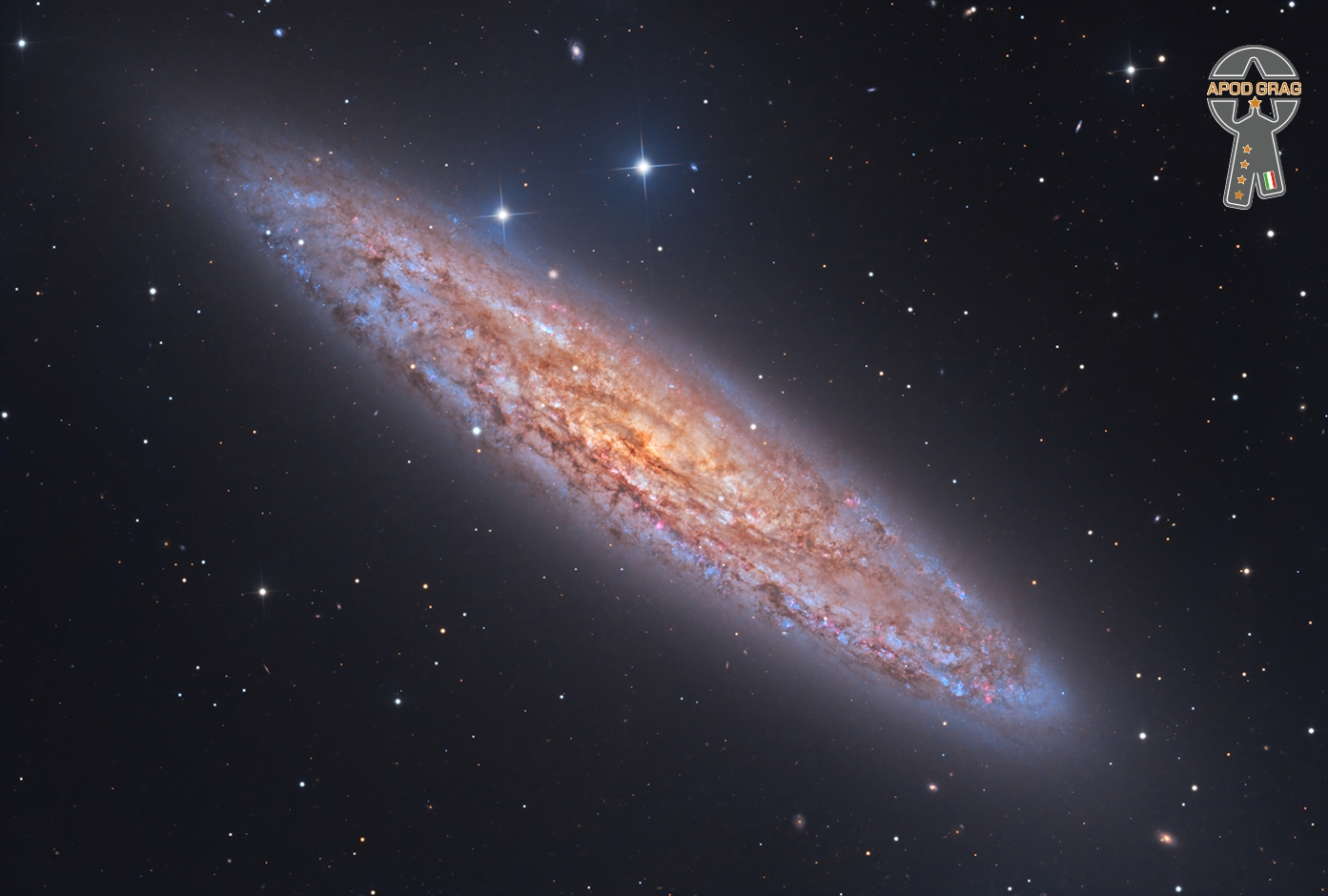Blog
Herbert Jay Solomon (April 16, 1930 – July 1, 2003), known by his stage name Herbie Mann, was an American jazz flute player and important early practitioner of world music. Early in his career, he also played tenor saxophone and clarinet (including bass clarinet), but Mann was among the first jazz musicians to specialize on the flute. His most popular single was “Hi-Jack“, which was a Billboard No. 1 dance hit for three weeks in 1975.
Mann emphasized the groove approach in his music. Mann felt that from his repertoire, the “epitome of a groove record” was Memphis Underground or Push Push, because the “rhythm section locked all in one perception.”
Herbie Mann was born in Brooklyn, New York, New York, to Jewish parents Harry C. Solomon (May 30, 1902 – May 31, 1980), who was of Russian descent, and Ruth Rose Solomon (née Brecher) (July 4, 1905 – November 11, 2004), of Romanian descent who was born in Bukovina, Austria-Hungary but immigrated to the United States with her family at the age of 6. Both of his parents were dancers and singers, as well as dance instructors later in life.
more...Teaching a Rhythm Roots Workshop Residency @ Ecumen North Branch Senior Living twice a week Mondays & Thursdays 1-230pm starting Monday April 15th 2024 thru May 13th. Celebrating world cultures through drumming and chanting.

This image features NGC 3783, a bright barred spiral galaxy about 130 million light-years from Earth, that also lends its name to the eponymous NGC 3783 galaxy group. Like galaxy clusters, galaxy groups are aggregates of gravitationally bound galaxies. Galaxy groups, however, are less massive and contain fewer members than galaxy clusters do: where galaxy clusters can contain hundreds or even thousands of constituent galaxies, galaxy groups do not typically include more than 50. The Milky Way is actually part of a galaxy group, known as the Local Group, which contains two other large galaxies (Andromeda and the Triangulum galaxy), as well as several dozen satellite and dwarf galaxies. The NGC 3783 galaxy group, meanwhile, contains 47 galaxies. It also seems to be at a fairly early stage of its evolution, making it an interesting object of study.
Whilst the focus of this image is the spiral galaxy NGC 3783, the eye is equally drawn to the very bright object in the lower right part of this image. This is the star HD 101274. The perspective in this image makes the star and the galaxy look like close companions, but this is an illusion. HD 101274 lies only about 1530 light-years from Earth, meaning it is about 85 thousand times closer than NGC 3783. This explains how a single star can appear to outshine an entire galaxy!
NGC 3783 is a type-1 Seyfert galaxy, which is a galaxy with a bright central region — so it’s particularly bright itself, as far as galaxies go. In this image it is recorded by Hubble in incredible detail, from its glowing central bar to its narrow, winding arms and the dust threaded through them, thanks to five separate images taken in different wavelengths of light. In fact, the galactic centre is bright enough to Hubble that it exhibits diffraction spikes, normally only seen on stars such as HD 101274.

Michael Arnold Kamen (April 15, 1948 – November 18, 2003) was an American composer(especially of film scores), orchestral arranger, orchestral conductor, songwriter, record producer and musician.
Michael Arnold Kamen was born in New York City, the second of four sons. His father, Saul Kamen, was a dentist, and his mother, Helen, was a teacher. He was of Jewish heritage.
While attending the High School of Music & Art in New York City, Kamen became friends with Martin Fulterman (later known as Mark Snow), who composed the theme music for The X-Files, among other projects. While studying the oboe, Kamen formed a rock–classical fusion band called New York Rock & Roll Ensemble, together with classmates Fulterman and Dorian Rudnytsky, along with Clifton Nivison and Brian Corrigan of Toms River, New Jersey. The group released five albums from 1968 to 1972 (Self-Titled, Reflections, Faithful Friends, Roll Over & Freedomburger). The group performed in white tie (not tuxedos), as typically worn by classical musicians. In the middle of the concert, Fulterman and Kamen would play an oboe duet. The group backed up friend and classmate Janis Ian in a concert at Alice Tully Hall in late 1967.
more...Warren Hill (born April 15, 1966) is a smooth jazz alto saxophonist from Toronto, Canada.
Hill was discovered in 1988 while performing at his graduation from Berklee College of Music in Boston. Record producer Russ Titelman, who was in the audience, invited him to record on an album by Chaka Khan. After moving to Los Angeles, he signed with RCA in 1989 and recorded his debut album, Kiss Under the Moon. He supported Natalie Cole on tour for her album Unforgettable and had a hit in 1993 with the song “The Passion Theme” from the movie Body of Evidence.
In the smooth jazz format his number one hits include “Our First Dance”, “Do You Feel What I’m Feeling”, “Mambo 2000”, “Tamara”, “Still in Love”, La Dolce Vita”, “Promises”, “Take Out Dreams”, “Tears in Heaven”, “Another Goodbye”, “Tell Me All Your Secrets”, “You Are the One”, and “Turn Out the Lights”. Warren and his wife Tamara VanCleef-Hill wrote and produced the song “Shelter from the Storm”. He was featured on the song “Tell Me What You Dream” by Restless Heart and “Baby I Love Your Way” by Big Mountain. He appeared on the television show Top of the Pops on the BBC in England. Hill founded a smooth jazz cruise in 2004. He is also the host and owner of the Cancun Jazz Festival, has established his brand of instruments, and co-founded the label, Songbird Records.
His album Devotion came out in 1993 and Truth a year later. By 1997, he had switched to Discovery, which released Shelter (1997) and Life Thru Rose Colored Glasses (1998). Love Life(2000) was released by Narada, followed by Love Songs and A Warren Hill Christmas in 2002 and PopJazz in 2005. In 2008, he signed with Koch, which issued La Dolce Vita in June that year.
more...Richard Davis (April 15, 1930 – September 6, 2023) was an American jazz bassist. Among his best-known contributions to the albums of others are Eric Dolphy‘s Out to Lunch!, Andrew Hill‘s Point of Departure, and Van Morrison‘s Astral Weeks, of which critic Greil Marcus wrote (in The Rolling Stone Illustrated History of Rock and Roll), “Richard Davis provided the greatest bass ever heard on a rock album.”
Born on April 15, 1930 in Chicago, Illinois, Davis began his musical career with his brothers, singing bass in his family’s vocal trio. He studied double bass in high school with his music theory teacher and band director, Walter Dyett. He was a member of Chicago Youth Symphony Orchestras (then known as the Youth Orchestra of Greater Chicago) and played in the orchestra’s first performance at Chicago’s Orchestra Hall on November 14, 1947. After high school, he studied double bass with Rudolf Fahsbender of the Chicago Symphony Orchestra while attending VanderCook College of Music.
more...Annapurna Devi (17 April 1927 – 13 October 2018) was an Indian surbahar player of Hindustani classical music. She was given the name ‘Annapurna’ by Maharaja Brijnath Singh of the former Maihar Estate (M.P.), and it was by this name that she was popularly known. She was the daughter and disciple of Allauddin Khan, and the sister of Ustad Ali Akbar Khan. Pandit Ravi Shankar was her first husband, with whom she had a son, Shubhendra Shankar, who was an artist and a sitaritst.
She was an extremely private person and was never interested in being a professional musician like the rest of her family. However, she was active throughout her life as a teacher to many other prominent musicians like Nikhil Banerjee, Hariprasad Chaurasia, and Nityanand Haldipur. She was the only known female maestro of the Surbahar in the 20th century.
more...This composite image shows the superbubble DEM L50 (a.k.a. N186) located in the Large Magellanic Cloud about 160,000 light years from Earth. Superbubbles are found in regions where massive stars have formed in the last few million years. The massive stars produce intense radiation, expel matter at high speeds, and race through their evolution to explode as supernovas. The winds and supernova shock waves carve out huge cavities called superbubbles in the surrounding gas. X-rays from NASA’s Chandra X-ray Observatory are shown in pink and optical data from the Magellanic Cloud Emission Line Survey (MCELS) are colored in red, green and blue. The MCELS data were obtained with the University of Michigan’s 0.9-meter Curtis Schmidt telescope at Cerro Tololo Inter-American Observatory (CTIO). The shape of DEM L50 is approximately an ellipse, with a supernova remnant named SNR N186 D located on its northern edge.
Like another superbubble in the LMC, N44, DEM L50 gives off about 20 times more X-rays than expected from standard models for the evolution of superbubbles. A Chandra study published in 2011 showed that there are two extra sources of the bright X-ray emission: supernova shock waves striking the walls of the cavities, and hot material evaporating from the cavity walls.
The Chandra study of DEM L50 was published in the Astrophysical Journal in 2011 and was led by Anne Jaskot from the University of Michigan in Ann Arbor. The Chandra study of DEM L50 was led by Anne Jaskot from the University of Michigan in Ann Arbor. The co-authors were Dave Strickland from Johns Hopkins University in Baltimore, MD, Sally Oey from University of Michigan, You-Hua Chu from University of Illinois and Guillermo Garcia-Segura from Instituto de Astronomia-UNAM in Ensenada, Mexico.

Matima Kinuani Mpiosso April 14th 1951-1996 Zairian Guitarist and leader of the group Za’iko Langa Langa which he formed while he was in school. He combined Zairian folk tunes with rock to produce an original sound that was popular in Europe and Japan. Arthritis stopped him from playing before his early death.
more...Eugene “Jug” Ammons (April 14, 1925 – August 6, 1974), also known as “The Boss”, was an American jazz tenor saxophonist. The son of boogie-woogie pianist Albert Ammons, Gene Ammons is remembered for his accessible music, steeped in soul and R&B.
Born in Chicago, Illinois, Ammons studied music with instructor Walter Dyett at DuSable High School. Ammons began to gain recognition while still at high school when in 1943, at the age of 18, he went on the road with trumpeter King Kolax‘s band. In 1944, he joined the band of Billy Eckstine (who bestowed on him the nickname “Jug” when straw hats ordered for the band did not fit), playing alongside Charlie Parker and later Dexter Gordon. Performances from this period include “Blowin’ the Blues Away,” featuring a saxophone duel between Ammons and Gordon. After 1947, when Eckstine became a solo performer, Ammons then led a group, including Miles Davis and Sonny Stitt, that performed at Chicago’s Jumptown Club. In 1949, Ammons replaced Stan Getz as a member of Woody Herman‘s Second Herd, and then in 1950 formed a duet with Sonny Stitt.
more...Ali Akbar Khan (14 April 1922 – 18 June 2009) was an Indian Hindustani classical musician of the Maihar gharana, known for his virtuosity in playing the sarod. Trained as a classical musician and instrumentalist by his father, Allauddin Khan, he also composed numerous classical ragasand film scores. He established a music school in Calcutta in 1956, and the Ali Akbar College of Music in 1967, which moved with him to the United States and is now based in San Rafael, California, with a branch in Basel, Switzerland.
Khan was instrumental in popularizing Indian classical music in the West, both as a performer and as a teacher. He first came to America in 1955 on the invitation of violinist Yehudi Menuhinand later settled in California. He was a Distinguished Adjunct Professor of Music at the University of California, Santa Cruz.
Khan was accorded India’s second highest civilian honour, the Padma Vibhushan, in 1989.[4]Nominated five times for the Grammy Award, Khan was also a recipient of the MacArthur Fellowship and the National Endowment for the Arts‘ National Heritage Fellowship.
more...The Sculptor Galaxy (also known as the Silver Coin Galaxy, Silver Dollar Galaxy, NGC 253, or Caldwell 65) is an intermediate spiral galaxy in the constellation Sculptor. The Sculptor Galaxy is a starburst galaxy, which means that it is currently undergoing a period of intense star formation.

Albert Leornes Greene (born April 13, 1946), known professionally as Al Green, is an American singer, songwriter, pastor and record producer best known for recording a series of soul hit singles in the early 1970s, including “Take Me to the River“, “Tired of Being Alone“, “I’m Still in Love with You“, “Love and Happiness“, and his signature song, “Let’s Stay Together“. After his girlfriend died by suicide, Green became an ordained pastor and turned to gospel music. He later returned to secular music.
Green was inducted into the Rock and Roll Hall of Fame in 1995. He was referred to on the museum’s site as being “one of the most gifted purveyors of soul music”. He has also been referred to as “The Last of the Great Soul Singers”. Green is the winner of 11 Grammy Awards, including the Grammy Lifetime Achievement Award. He has also received the BMI Icon award and is a Kennedy Center Honors recipient. He was included in the Rolling Stone list of the 100 Greatest Artists of All Time, ranking at No. 65, as well as its list of the 200 Greatest Singers of All Time, at No. 10.
more...More Posts
- Daily Roots Channel One
- Happy Mardi Gras Day 2023
- Cosmos NGC 1850
- Eddie Higgins
- Nina Simone
- Tadd Dameron
- SAVE UKRAINE World Street Music
- Daily Roots Billy Joe Morgan
- Happy Presidents Day 2023
- Cosmos SPT-CL J0019-2026
- Mardi Gras Monday 2023
- J. Geils
- Buffy Sainte-Marie
- Fred Robinson
- Nancy Wilson
- World Music Mostar Sevdah Reunion 9/8
- Daily Roots Mystic Eyes
- Cosmos M45
- Bobby Rogers
- Kid Shots Madison
